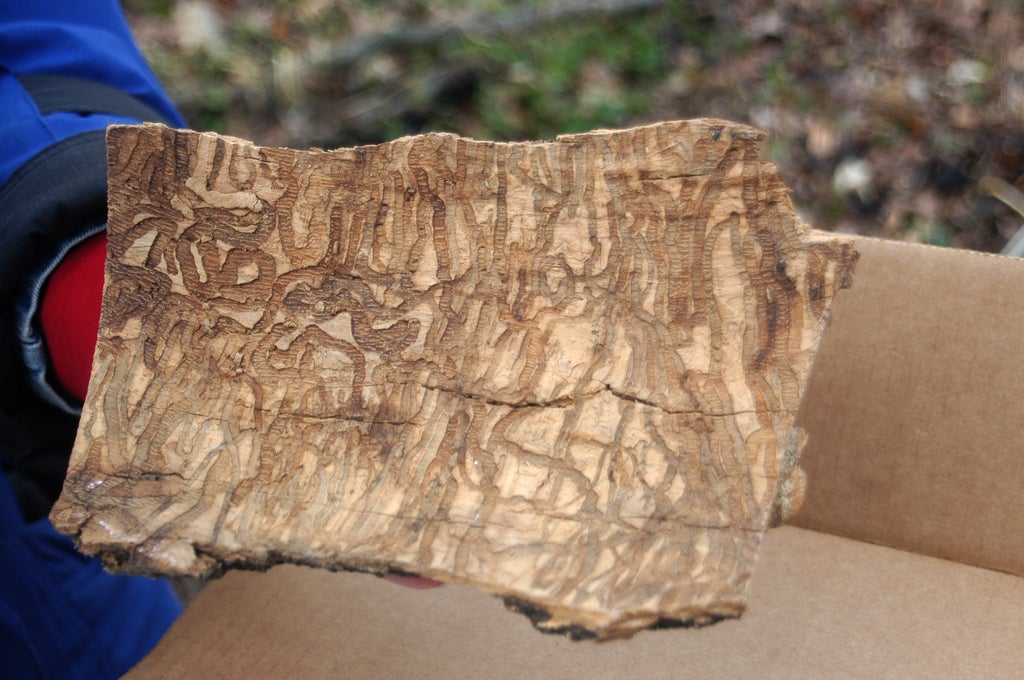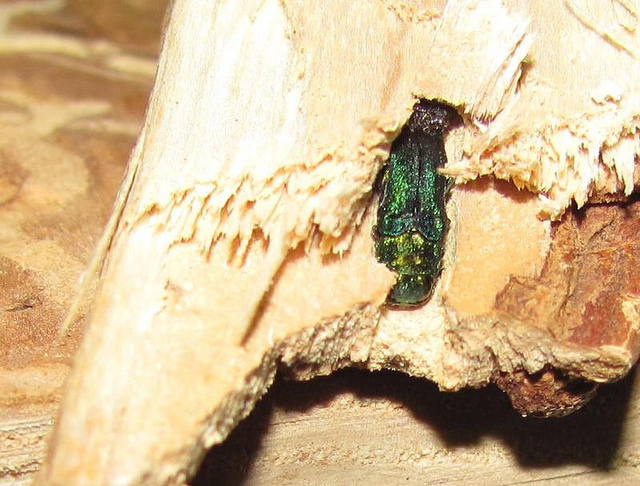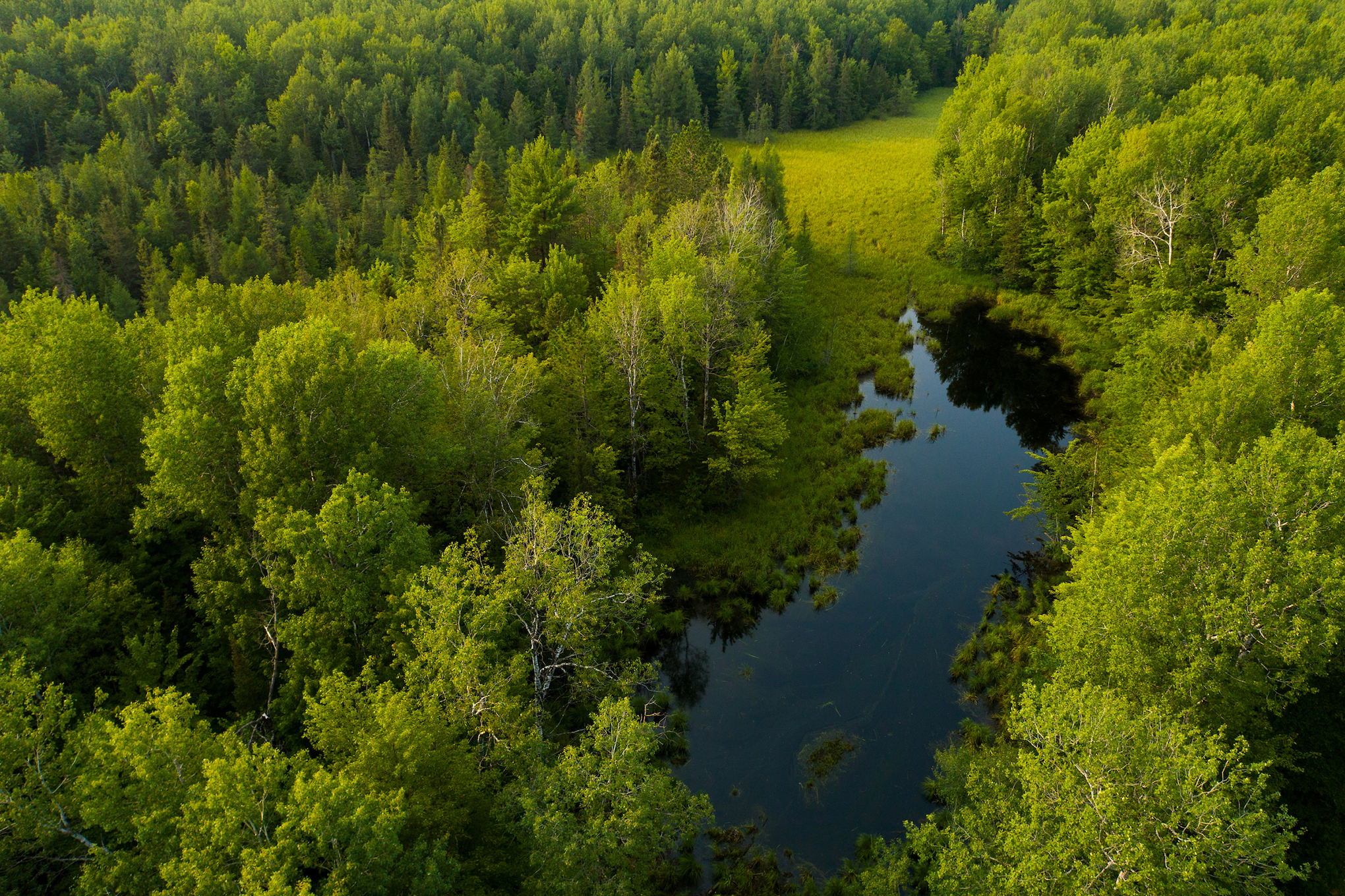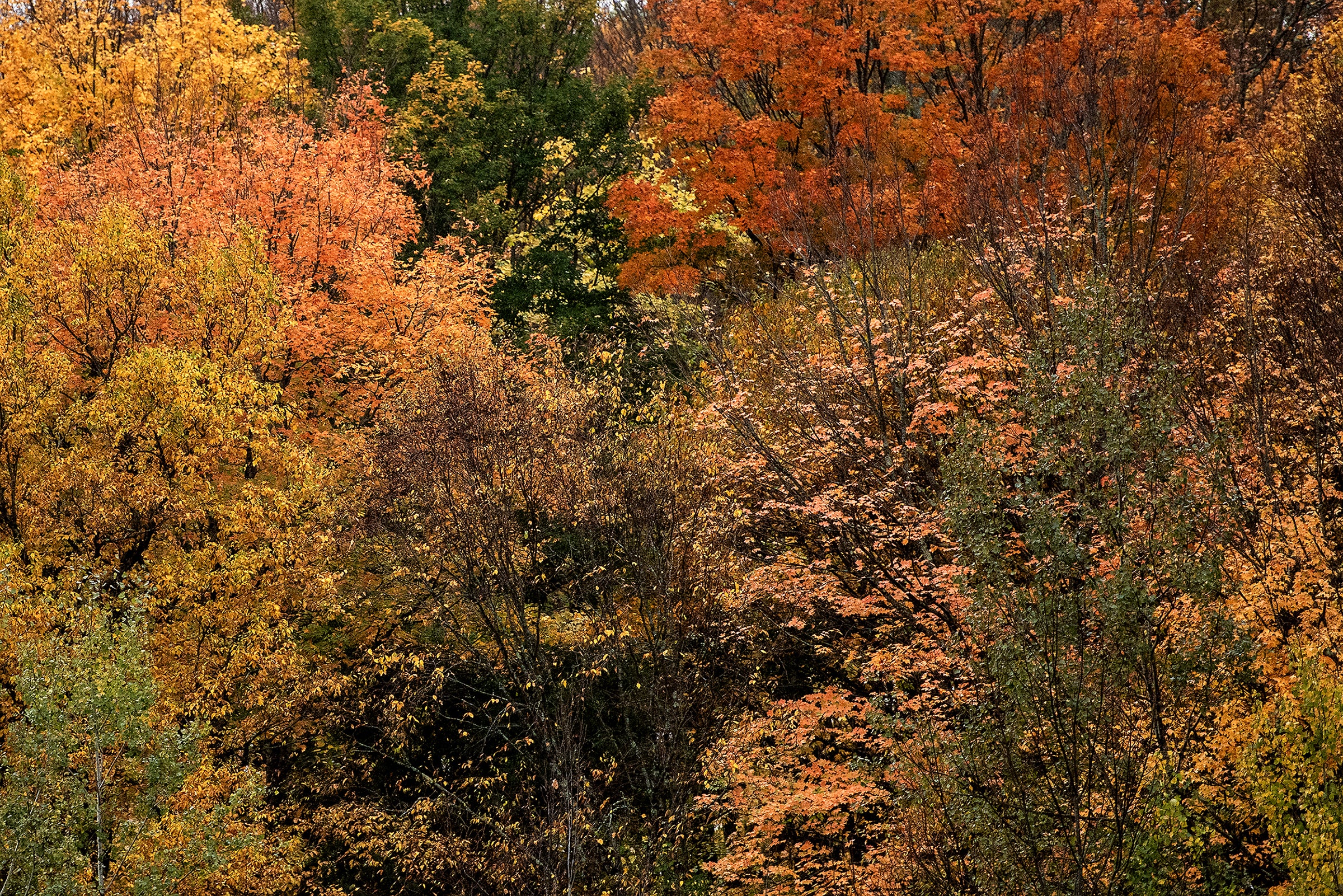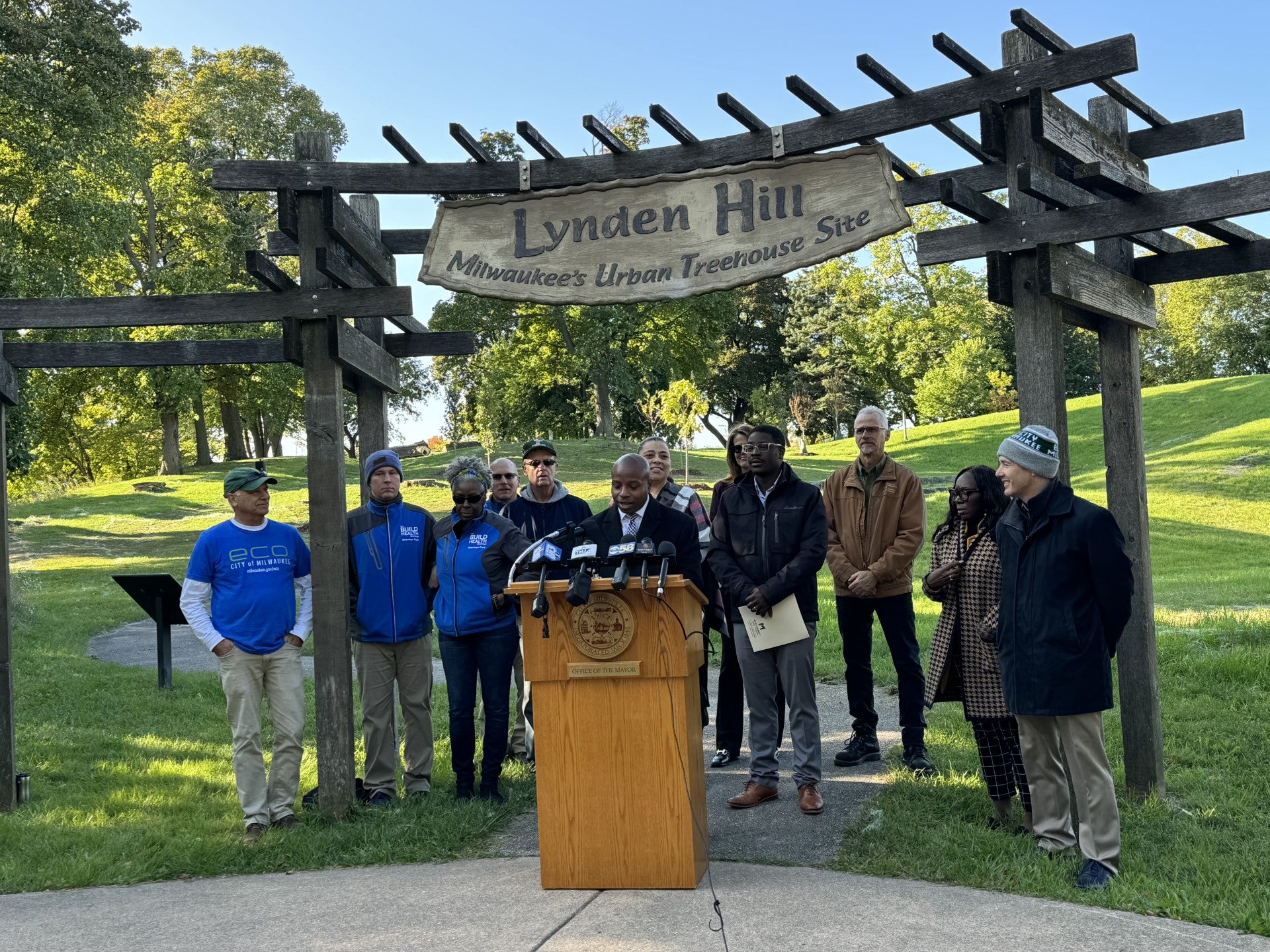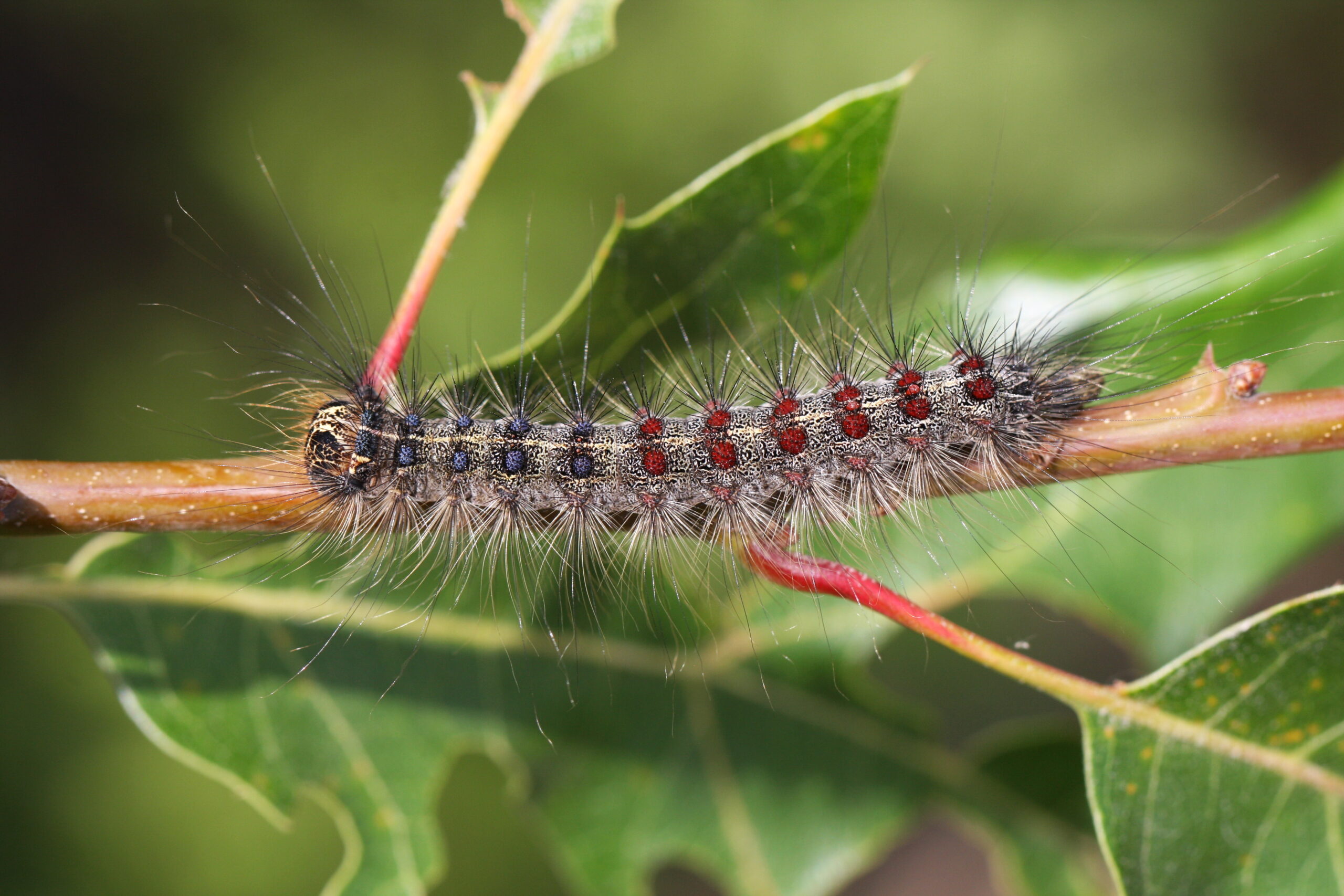Trees in cities this yearmay see more harmful effects of last year’s drought, and will continue to struggle with invasive species.So says one of the leaders of aWisconsin urban forestry program.
The drought killed some trees last year, and even if there’s good moisture this spring, some trees won’t be out of the woods. David Sivyer is forestry services manager for the city of Milwaukee. He says some trees were weakened in 2012.
Sivyer says young trees that have not established, and much older trees that are already stressed may be especially at risk. And he says even some trees that seem to sprout leaves nicely this spring may die later on. The drought after-effects come as Milwaukee and some other communities continue to battle the emerald ash borer and other invaders. Sivyer says more struggles may be in store, “It’s really the invasives that are more of a problem, especially now that we’re in a world economy with trade.”
Stay informed on the latest news
Sign up for WPR’s email newsletter.
Sivyer says the tree canopy in Milwaukee still hasn’t recovered from Dutch elm disease that first struck the area 57 years ago. Even so, the conservation group American Forests this week named Milwaukee as one of the ten best cities in the U.S. for investing in their urban forest.
Wisconsin Public Radio, © Copyright 2024, Board of Regents of the University of Wisconsin System and Wisconsin Educational Communications Board.

